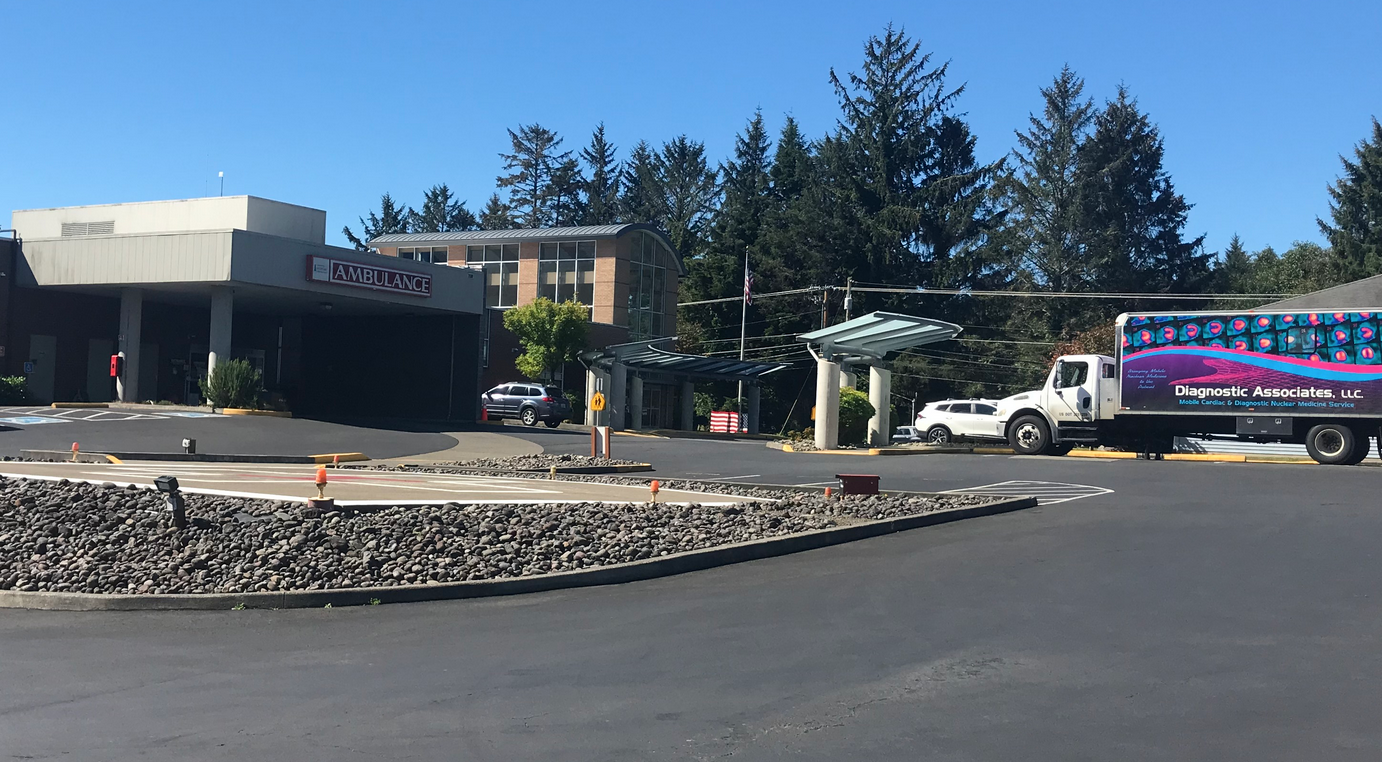Attorney faces off with LB on condos
Published 4:00 pm Tuesday, February 25, 2003
LONG BEACH – The Merrill condo project saga continued at a Feb. 18 hearing at Long Beach City Hall, where an attorney for developer Robert Merrill and the city faced off.
Trending
Merrill proposed plans for a high-density, 126-unit housing development on his north Long Beach oceanfront property near 18th Street NW and Ocean Boulevard last July. But since that time, it has been a rocky road getting any city approval for the project, particularly when it comes to obtaining the much-needed shoreline substantial development permit (SSDP).
In mid-December last year Long Beach Hearings Examiner Chris Kaino denied the permit, which led to the Feb. 18 closed record appeal hearing to overturn Kaino’s decision.
Overturning Kaino’s decision is ultimately up to the city council, which convened for the hearing.
Trending
The city council heard arguments from Charlie Klinge, with Groen Stephens & Klinge LLP in Bellevue, a law firm representing Merrill, and Long Beach City Planner Jim Sayce, who spoke on behalf of the city. Also present was attorney Jeff Myers with the Washington Cities Insurance Authority, who represented the city.
Each side had 15 minutes to argue the case, with five minutes for rebuttal, which both used. After the testimony was completed, the city council made a motion to wait until the end of March – their deadline for a decision. A hearing was scheduled for 4 p.m. on March 24 at city hall.
Question of interrelated language
One thing which Klinge cited during his arguments was the fact that the three original hearings for the SSDP were joint hearings where both the SSDP and the planned unit development (PUD) were discussed. Klinge said this lead to “an interrelationship between these as a result.”
But Klinge’s biggest argument for reversing Kaino’s denial of the SSDP was the fact that Kaino purportedly relied too heavily on the city’s zoning code and not enough on the city’s Shoreline Master Program.
“It is not that he [Kaino] can’t look at any other city documents,” said Klinge. “But the fact is that the Shoreline Master Program is a state law, regulated by DOE and must be given due respect.”
Klinge also said he sees a great deal of ambiguity in terms of what low-, medium- or high-density housing means in relationship to both the city’s zoning codes and the Shoreline Master Program. He said he sees a danger in mixing language contained in the master program and in zoning codes, such as S2 Residential/ Multi-family, which is how Merrill’s 18th Street NW is currently zoned.
Klinge also honed in on the density issue regarding the project.
Sayce said last October, based on the size of the Merrill 18th Street NW property, what would be allowed would be 76 units in 19 buildings, based on Ordinance No. 755 and the PUD.
Klinge contends that if Kaino focused on the Shoreline Master Program instead of the city’s zoning code, then the density being sought by Merrill (126 units in four buildings) would not be a problem.
At the Feb. 18 hearing, Sayce reaffirmed his contention that 76 units would be the maximum allowed on the Merrill property. He also disputed Klinge’s argument that the Merrill condo project as proposed is medium density.
“The city is in complete agreement with Kaino,” said Sayce. “One of the demands of the state’s Growth Management Act is to streamline your development process. And one of the ways to do this is to make development codes more interrelated – between zoning codes and the Shoreline Master Program. This is why our zoning codes have so many references to shorelines.”
According to Klinge, if after the March 24 hearing, the ruling to deny the shoreline permits stands, a lawsuit against the city would not be filed. Instead a petition for review would be filed with the Shoreline Hearings Board in Olympia.
“I am hopeful that the city council will take a closer look at this and see what I see – that the project should be approved under the Shoreline Master Program.”
Possible amendment to Shoreline Master Program
One unexpected outcome of the Feb. 18 hearing was a decision by the city council to have Sayce look into amending the city’s Shoreline Master Program, which it hasn’t done since 1998. According to state law, the city can do this each year.
Several city councilors and Sayce said several of the points which Klinge made at the Feb. 18 hearing brought to light the need for the city to possibly tighten up its definitions of density in various zones. Sayce said the deadline for amending the city’s Shoreline Management Program this year is sometime this fall.
Lawsuit filed over Planned Unit Development
The appeal of the SSDP for the Merrill project is the least of the city’s headaches in regard to the proposed condo development. In late January the city received papers from Klinge that the city was being sued by the Merrills for denial of the PUD for the development.
A PUD is another key element to getting a project of this type off the ground, and without one, there is no possibility of constructing it.
The PUD was denied on Jan. 6 at a city council meeting, and by Jan. 24 Klinge filed a lawsuit against the city on Merrill’s behalf. This lawsuit is a land use petition based on the state’s Land Use Petition Act, which is for challenging decisions such as denial of Merrill’s PUD.
The decision over the PUD went to the city council in January after the Long Beach Planning Commission made a recommendation to deny it late last year.
Klinge alleges in his lawsuit against the city that the city needed a written decision in order to deny the PUD, and that the Jan. 6 decision was made based solely on an oral decision, which he said is illegal.
“This is right in their city code – that they needed to have a written decision,” he said. “The lawsuit is also about whether the city is treating Merrill fairly in their process,” said Klinge.
According to the papers Klinge filed against the city, there is a motion set for March 14 in order to establish a briefing and hearing schedule, which he is asking to take place some time in June.
The plans for Merrill’s condo development, as well as the city of Long Beach, have also drawn fire due to the fact that Merrill was able to get the property rezoned from S1 Residential/Single-family to S2 Residential/Multi-family in 1998, apparently without having to notify any neighbors.









